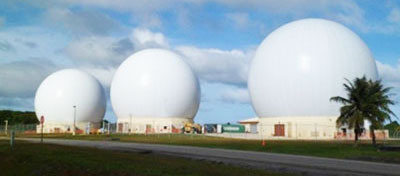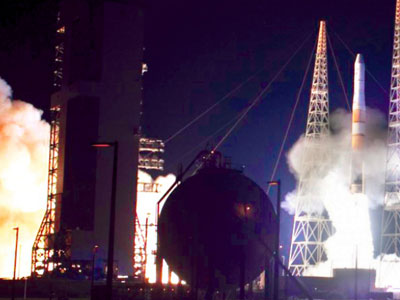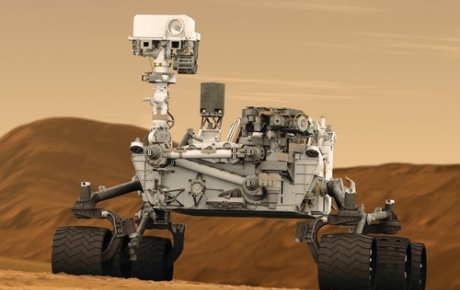Saint-Gobain provides a range of high-performance products for aeronautical and aerospace market stakeholders.


For the aeronautical industry
Through Saint-Gobain Performance Plastics, the Group provides a wide range of high-performance plastics specially designed for the aeronautical market and able to withstand extreme temperatures: bearings, cable sheaths, seals and foams, plastic structures for passenger seats, plastic release film for molding composites, etc.
SHEERGARD®is the engineered solution for high performance aircraft and land-based radomes, offer protection, superior RF performance, and high reliability in a single integrated solution.
CHEMFAB®fabrics are used for wiring, hosing and insulation of aerospace components, which have high dielectric/insulation strength
Chemwrap®unsintered PTFE film for wire and cables provides high electric insulation, low loss and high frequency function
CHR®TAPES thermal spray tapes for engine maintaining and repairing. Provide high temperature/speed resistant, no adhesive residue function while thermal spraying
Convison®silicon compounds meet different required flammability tests and toxicity and smoke emission standards such as AIRBUS ones.

Additionally, for more than 50 years,Saint-Gobain Sully 一has been manufacturing high-technology windows for the aeronautical industry. In particular, it manufactures cockpit windows in Solidion® glass for commercial aircraftairliners, private jets and helicopters, as well as windshields and acrylic canopies for fighter jets.
Saint-Gobain Abrasives coated and bonded abrasives are used for aircraft turbine fans and cowlings. Saint-Gobain Ceramic Materials manufactures ceramic powders and ingots for high thermal resistance coatings. These innovative coatings are used by the main aircraft engine manufacturers as thermal barriers to protect essential components in hot parts of the engine.
Saint-Gobain Coating Solutions supplies hundreds tons of Yttrium Stabilized Zirconia powders to main aero engine makers to produce thermal barrier coatings.
Saint-Gobain Zirpro’s ceramic beads “Zirshot” are widely used for engine; structures; sheels; interiors; landing gear; wheels & brakes shot peening.
Saint-Gobain ADFORS manufactures Vetrotex glassfiber, used for composite parts in aircraft providing them with impact and fire resistance properties.

For the aerospace industry
Saint-Gobain Ceramic Materials’ SIKA® silicon carbide has been used to produce the mirrors and main frame for the space telescope of the European Gaia satellite. Very rigid and resistant to thermal shock, this product prevents the mechanical fatigue and deterioration caused by space radiation.
Saint-Gobain Crystals manufactures scintillation sensors used to detect radiation (neutron and gamma rays) in space. In 1998, Saint-Gobain supplied the gamma ray spectrometer that discovered water in the form of ice on the Moon’s surface during the Lunar Prospector mission.
Saint-Gobain Performance Plastics OmniSeal® high-performance spring-energized seals manufactured with Fluoroloy® material and polyimide components from the Meldin® 7000 series (piston guide rings, bushing for poppet valve guide, etc.) can withstand extreme temperatures. They are found in fluid-gas connection systems, pressurization systems, and fuel and other fluid pumps inside rocket engines. For example, Saint-Gobain has supplied the seals for most rockets launched in the past 60 years, including the most recent SpaceX rockets. Rulon®self-lubricating bearings are also used by the aerospace market, as they withstand highly corrosive environments. They are also renowned for their self-lubricating, low-friction and wear-resistance properties.

Saint-Gobain in space with the Curiosity rover
NASA’s Curiosity rover has ball bearings fitted with Rulon® bearings in its robotic arms and drilling and surface removal tools. Curiosity’s radiation detector uses a plastic scintillator made by Saint-Gobain Crystals that detects and identifies neutrons. This material emits light when exposed to radiation. A sensor then transforms this into an electric signal, which provides NASA with data about the radiation levels on the planet’s surface.
-

Silicon compounds for aeronautical and aerospace industries
-

A famous abrasive brand delivering comprehensive abrasive solutions for all markets.
-

Zirconia-based solutions for industrial applications
-

Saint-Gobain Conditioning Group
-

High-performance glass for the aeronautical, rail and shipbuilding industries
-
Adhesive tapes for industrial and commercial users







